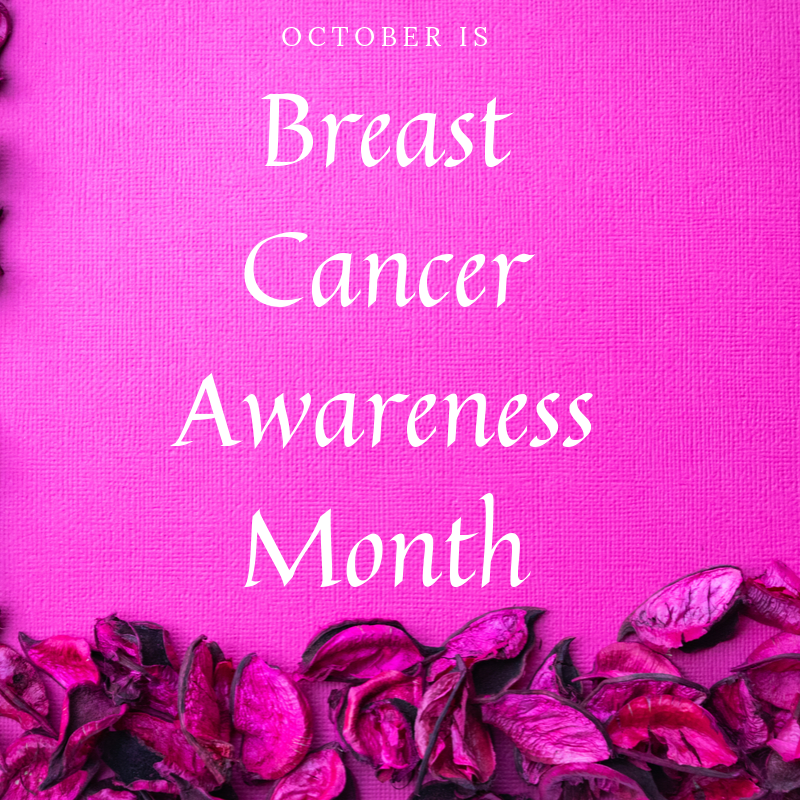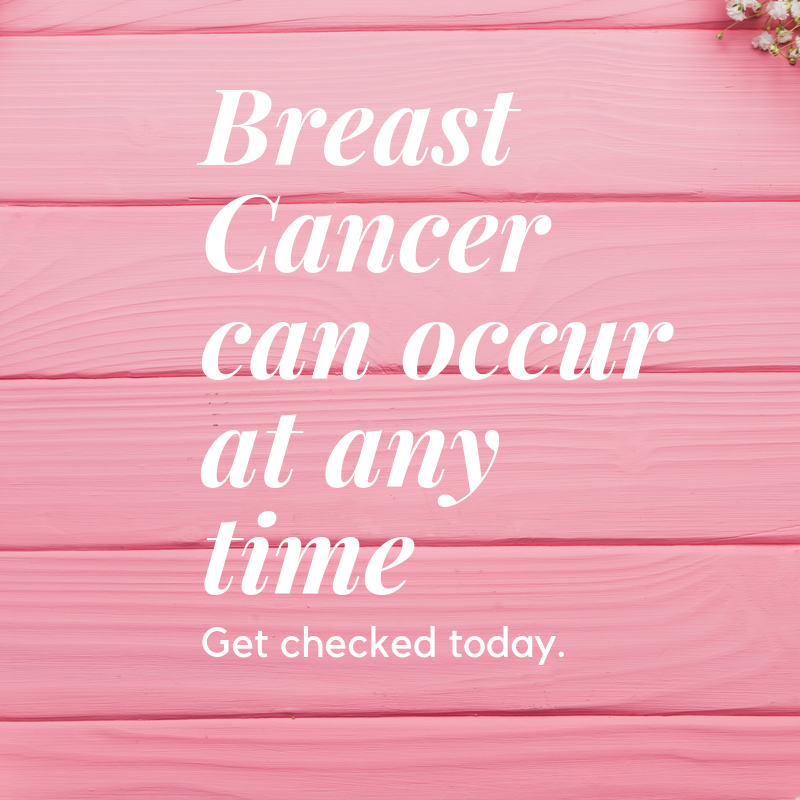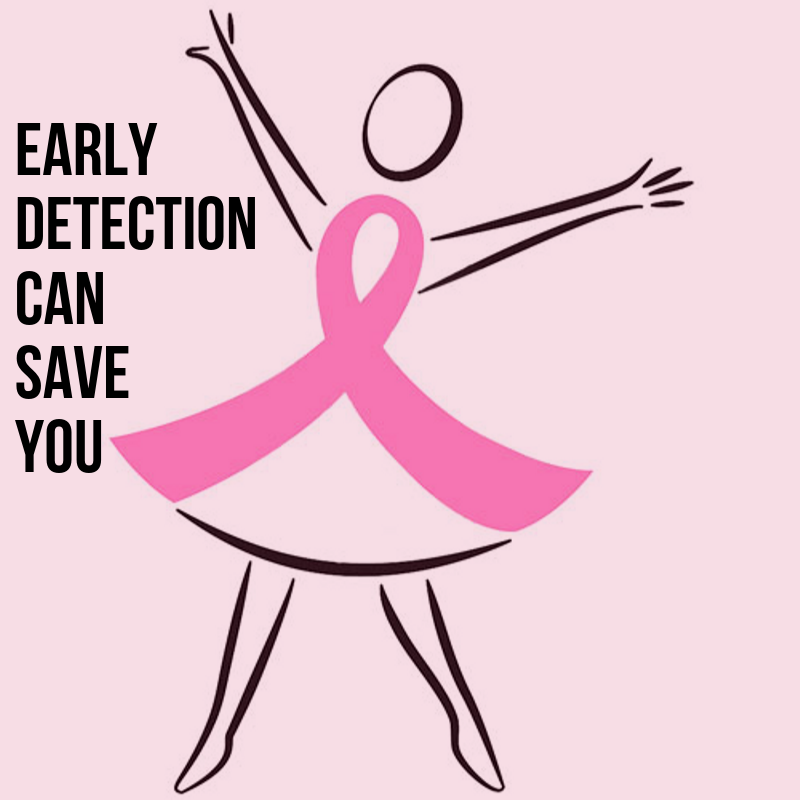
Debunking myths about Breast Cancer and the truths we should all know
Every year, all over the world, October is marked as Pink October to mark breast cancer awareness. Throughout the month of October, talks, seminars and campaigns are held to remind the world of what we need to know about Breast cancer.

With the increasing spread of information through the internet, truths about the condition can be lost in the mix of all the facts, figures and opinions. As several myths have been spread about the condition, it is imperative that the real truths are emphasized as strongly as possible.
One popular myth about Breast Cancer states if there is a lump in your breast, it means there is a possible case of cancer. In truth, nine out of ten times, the lumps you can feel are not cancerous. However, it is advisable to ensure all lumps are checked thoroughly by a professional.

Another myth that has emerged over the years is Breast Cancer is hereditary. However, while women with breast cancer history in the family have a higher risk of getting the disease, it is NOT a definite cause. 3 out of 4 women diagnosed with Breast Cancer have no family history associated with the disease.
There is also the belief that after one mammogram that showed no issues, a person is free from the risk of Breast Cancer. This is untrue as Breast Cancer can occur anytime. It is important to have a mammogram annually and perform monthly breast self-examinations to detect any issues as soon as possible.

One school of thought also believes Breast cancer affects only women over 40. However, this is inaccurate as Breast Cancer can affect women at any age. While the disease is most common in post-menopausal women, women under the age of 50 should go for annual checkups to be informed of any risk factors relating to the disease.

Though it is quite rare- about 1% of all cases- Breast Cancer in men does occur. It is advised that any noticeable changes in the breast area made known to a healthcare professional.
While majority of the focus on Breast Cancer deals with the diagnosis and treatment of the disease, it should be noted that early detection brings the 5-year survival rate to about 90%.

A diagnosis is not a death sentence, get checked today.
